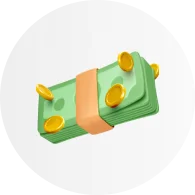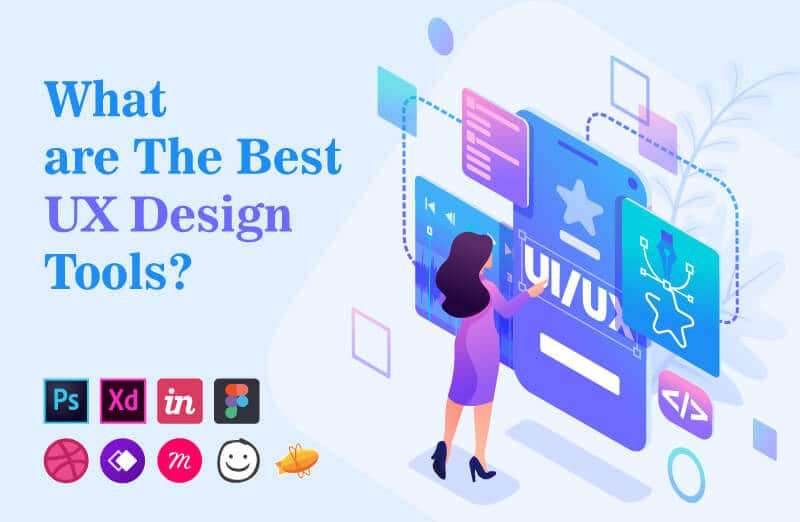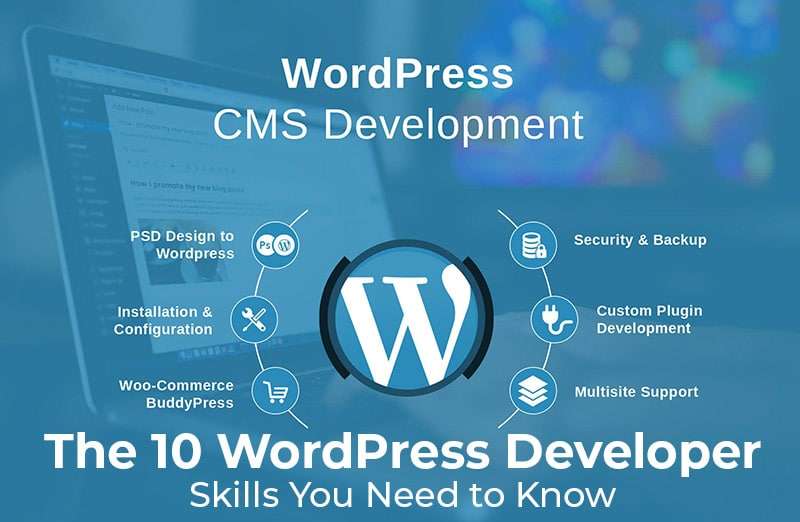




Advance
Web Design
Advanced web design encompasses complex design techniques and technologies aimed at creating highly interactive, visually appealing, and user-friendly websites





Key Features

Course Duration- 8 Months

100% Job-Oriented Training

Customized Syllabus

Affordable Courses Fees

3 Days Demo Lectures Free

Industry Expert Faculty

Individual Student Attention

Query Sessions

100% Job Placement Support
About Course
An advanced web design course Training online in Surat explores the intricacies of modern web development, emphasizing cutting-edge techniques and technologies to craft exceptional digital experiences.
In our web design course, students will learn performance optimization strategies to ensure fast loading times and top performance across devices and networks. Our web design classes also dive deep into typography and visual hierarchy, teaching you how to customize typography and use it as a powerful design element to enhance both visual appeal and readability. Additionally, the web design course online covers advanced web technologies, emerging trends, and thorough cross-browser compatibility testing. Explore our web design course fees today and start your journey towards becoming a skilled web designer!
If you’re looking for a “web designing course near me,” this web design course in Surat is perfect for you. It covers a comprehensive range of topics, including advanced layout design using CSS Grid, Flexbox, and responsive design principles to create adaptable layouts across various devices.
Syllabus
- Semantic HTML: using HTML5 semantic elements for better structure and accessibility.
- CSS preprocessors: working with Sass or LESS to enhance CSS with variables, mixins, nesting, and inheritance.
- Responsive design techniques: implementing media queries, flexible layouts, and fluid grids for multi-device compatibility.
- ES6+ features: exploring modern JavaScript syntax, including arrow functions, destructuring, spread syntax, and classes.
- DOM manipulation: interacting with the Document Object Model (DOM) to dynamically update web content and handle user interactions.
- Event handling: capturing and responding to user events, such as clicks, key presses, and form submissions, using event listeners.
-
- Introduction to frontend frameworks: exploring popular frameworks like React, Vue.js, or Angular for building dynamic user interfaces.
- UI component libraries: leveraging libraries like Bootstrap, Material-UI, or Tailwind CSS to streamline UI development and maintain consistency.
- Single Page Application (SPA) development: understanding the concepts of SPA architecture and implementing routing, state management, and data fetching.
- Flexbox and Grid layout: mastering CSS layout models for creating complex and responsive page layouts with ease.
- CSS animations and transitions: implementing CSS animations and transitions to add interactivity and visual effects to web elements.
- CSS frameworks and design systems: creating custom design systems or utilizing existing frameworks for rapid prototyping and consistent styling.
- Accessibility best practices: ensuring web content is accessible to users with disabilities by adhering to WCAG guidelines and implementing ARIA roles and attributes.
- Performance optimization techniques: optimizing assets, minimizing render-blocking resources, and implementing lazy loading and code splitting for faster page load times.
- Progressive Web Apps (PWAs): transforming web applications into PWAs for offline functionality, push notifications, and improved user experience.
- Git fundamentals: mastering basic Git commands for version control, branching, merging, and collaboration using platforms like GitHub or GitLab.
- Team workflows: implementing Git workflows such as feature branching, pull request reviews, and continuous integration (CI) for seamless collaboration in web development projects.
- Mobile-first design principles: designing websites with a mobile-first approach to prioritize mobile users’ experience and performance.
- Responsive images and typography: optimizing images and text for various screen sizes and resolutions using responsive design techniques.
- Testing and debugging on mobile devices: utilizing browser developer tools and mobile emulators to test and debug responsive web designs across different devices and browsers.
- Web performance auditing: conducting performance audits using tools like Lighthouse, PageSpeed Insights, or WebPageTest and implementing optimization strategies based on the results.
- Cross-browser compatibility: ensuring consistent rendering and functionality across different web browsers by testing and applying browser-specific CSS fixes.
- Web design trends and emerging technologies: staying updated on the latest trends, tools, and technologies in web design and development to create modern and innovative web experiences.
Attend a Free Demo
Fill the details and we will call you for further guidance

Advance Web Design
Eligibility
Working Professionals who want to start their career in Advance Web Design
Graduates interested in learning Advance Web Design to get their first job
Students aspiring to become a Advance Web Design Designer

Why Advance
Web Design?

Earn INR 7 L.P.A+
The average salary of a Web designer is 7 LPA and can increase up to 12 LPA based on the experience.
Career in Freelancing
Freelance advanced web design lets you translate your creativity into high-paying projects with freedom and flexibility.
16% Growth Rate
Overall employment of web developers and digital designers is projected to grow 16% from 2022 to 2032
Job Prospects
Working as a web designer can also be quite gratifying. In fact, according to a CareerExplorer survey of millions of web designers
Our Students Feedback
Frequently Asked Questions
Learning advanced web design courses online allows you to create highly functional, visually appealing, and user-friendly websites that stand out in today’s competitive online landscape. Advanced web design skills enable you to incorporate cutting-edge technologies, interactive elements, and responsive design techniques to deliver exceptional user experiences.
The Google homepage is one of the best examples of minimal web design with a clear call to action. There’s distinct brand recognition with the large Google logo, a long search bar, and just two buttons. There’s no other distractions.
Thankfully, web development is not nearly as difficult as it might seem to non-programmers. Most people can learn web development fundamentals in a few months and land an entry-level job even if they had no experience beforehand.
Photoshop, Illustrator, Figma, HTML, CSS, Bootstrap, JavaScript and React . These unlock core web design functionalities like structure, styling, and interactivity
skill required is basic computer knowledge , understanding of design principles. and qualification 12 or college pass out.
Advanced web design offers exciting careers! Explore UX/UI design for user experience, front-end development for interactivity.
OUR Blog
- Umesh Godhani
- Umesh Godhani
- Umesh Godhani
- Umesh Godhani
- Umesh Godhani
- Umesh Godhani


















